This post contains affiliate links from which I may receive a small commission, at no extra cost to you. In no way does this affect my opinion or the information I provide on the product. Please read my disclaimer for more info.
A surprising amount of people think that they eat healthily when in reality, they don’t.
They give their kids a ham and cheese sandwich on white bread with three grapes and count it as a healthy meal.
Or they eat a salad containing only greens and veggies with a can of diet coke thinking that they’re replenishing their body.
Are you one of these people?
The good news is, there’s an easy way to make sure that your meal is healthy and balanced. You just have to follow these guidelines to create a healthy plate of food.
First of all, let’s start out with some basic misunderstandings people have.
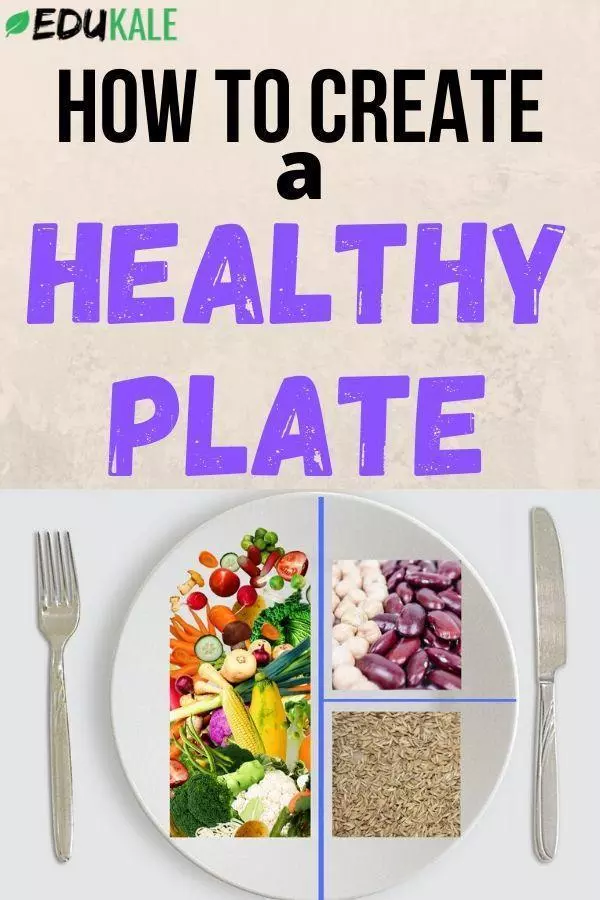
The difference between healthy and balanced.
Many people can’t really tell the difference between something healthy and something balanced. While the notions are very similar and should both be sought after, there is a little nuance.
For example, you all know that fruit and vegetables are super healthy. But they do not make a balanced meal on their own.
A balanced meal provides all the nutrients you need without over-consuming calories and should involve many different food groups.
A confusion I often see concerns salads. Say you want to eat a very healthy meal and decide to have a salad with spinach leaves, tomatoes, peppers, and raisins, with an apple for dessert. While all these foods are healthy, the meal isn’t balanced. You’re actually missing out on all three macronutrients!
This makes you more likely to make unhealthy food choices for your next meal because you’ll be nutrient and calorie deprived.
A piece of fruit isn’t a fix-all.
Another mistake people make is just adding a piece of fruit to their meal and calling it healthy. So many kid lunches are packed with super processed crackers, sandwiches on white bread, juice-boxes, and salami slices, but hey, it’s healthy because they also have half an apple!
You should actually do the opposite: create your entire lunch around healthy foods and add in a little treat at the end.
Furthermore, fruit is excellent for your health, but shouldn’t replace vegetables at mealtime. It isn’t a good strategy to eat a pizza and think that finishing up with a clementine will balance out your meal. Instead, incorporate healthful foods throughout your meal.
Now that you’ve seen some common mistakes, let’s get into ways to actually create a healthy plate.
How to create a healthy plate of food
1. Fill up half your plate with veggies
To start off right, load up with veggies, preferably non-starchy ones. Starchy vegetables are super healthy as well, but are higher in carbs and calories so I like to put them in another category.
Greens are a great option, and here are some other examples: artichokes, asparagus, Brussel sprouts, broccoli, cabbage, celery, eggplants, leeks, mushrooms, peppers, turnips, or zucchini.
You can also eat some raw veggies such as cucumbers, tomatoes, beets, or radishes. Try to get in a variety of different colors to maximize your nutrient intake.
Veggies will give you lots of great vitamins, minerals, polyphenols, and fiber (more info on the importance of fiber-rich foods here!)
2. Protein-pack ¼ of your plate
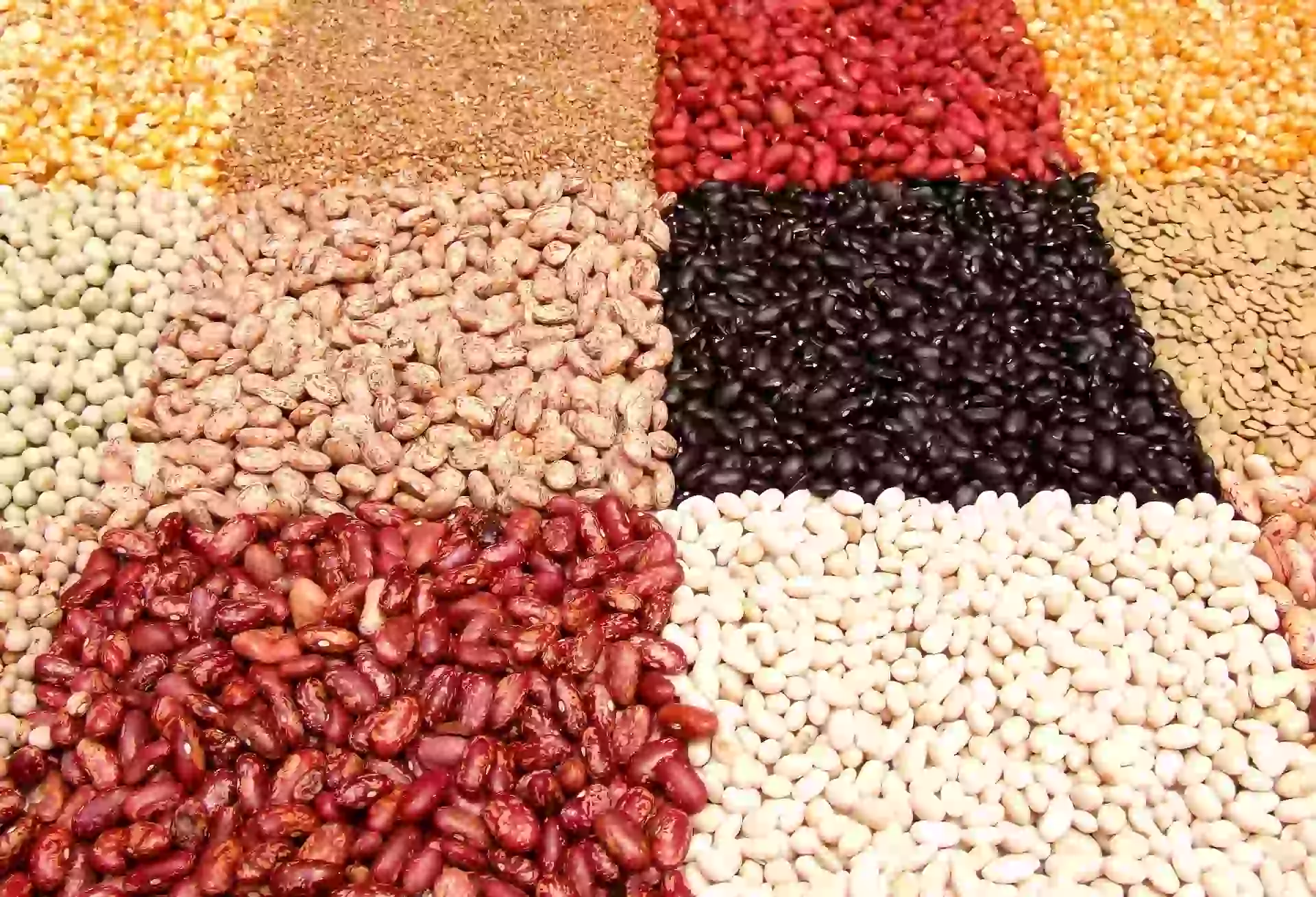
Protein is an important element of your diet: it’s used to build and repair your body tissues and is essential to feel full after a meal.
¼ of your plate should be dedicated to healthy protein. I believe that plant proteins are the best for your health. I recommend beans and legumes, such as black beans, chickpeas, kidney beans, lentils, or pinto beans.
Nuts, such as peanuts, almonds, or cashews, are also great sources of protein.
You can also have soy and, on occasion, soy-based mock meats. If you prefer animal protein, at least opt for chicken, turkey, or fish.
3. Carb-up the rest!
Contrary to popular belief, carbohydrates are an extremely important part of your diet. (You can read more about this here.) You just have to eat the right ones.
Starchy vegetables, such as potatoes, sweet potatoes, butternut squash, or peas are great options.
You can also have grains (whole grains are best!) like barley, brown rice, bulgur, quinoa, or whole-wheat pasta.
They’ll also give you some healthy fiber (more fiber-rich foods here). Carbs provide fuel for your entire body, and your brain specifically thrives on carbs: include them in every meal.
4. Don’t forget the fats!
Some healthy fats are important! They play a role in brain health, hormone regulation, vitamin absorption, and make foods tastier and more filling.
The healthiest sources include avocado, nuts, olives, seeds, and healthy plant oils such as olive or flaxseed oil. You should aim for around 80 grams of fat per day (for a 2000 calorie diet).
Don’t hesitate to add olive oil and chia seeds to your salad, avocado on your toast, or to snack on some nuts and olives. You are also likely to get a nice chunk from the foods you are already eating.
5. Some other things to consider
–Drink water throughout the entire day without moderation! You hear it all the time, but it’s important to have water as your sole beverage during your meals, and to drink whenever you’re thirsty. Your body needs water to function properly and it can even prevent over-eating.
-I believe that dairy isn’t the best source of calcium, but make sure you do get enough calcium. Fortified plant-based milks are great ways to top up the calcium you’ll get from eating greens and soy.
-Regarding fruit, I’m part of the people who think you shouldn’t limit your intake. Studies (1, 2 ) have shown time and time again that fruit has many health benefits. It is also linked to lower BMI and generally better health.
I like to eat a piece of fruit for each meal, and more if I’m not having as many vegetables.
Adjust your plate the way you want it!
You can use the plate technique to visualize the quantities of food you should be having, but you don’t have to actually divide it and eat it that way!

If you only eat like that, it can become quite boring. You can eat a burrito and still make it a balanced meal for example, as long as you respect the proportions.
You can also eat a full dish that regroups all of the different food groups and nutrients you need, which is fine.
Furthermore, it can sometimes be hard to make every meal perfectly balanced. It’s ok to balance out your entire day of eating instead of each individual meal. Balancing out each meal is just easier for getting the proportions right.
Finally, as I mentioned before, eating half a plate of vegetables at every meal can be hard for some people, so you can swap some of it for fruit.
Create a healthy plate of food in conclusion
Eating healthy, balanced meals is very important for your health, but can be a bit difficult if you don’t know how. If you use the plate technique, you’ll know exactly how much of your meal should be dedicated to fruit and veggies, protein, carbs, and fat.
Once you master the basics, don’t hesitate to switch things up a little, as long as you get a healthy, balanced day’s worth of meals!
-Lucie
If you’re interested in nutrition, its impact on our health, and the science behind it, you should definitely read How Not to Die. In this book, Doctor Michael Greger, founder of Nutrition Facts, examines the top causes of death in America and explains how your diet can prevent— and in some cases even reverse— them. His advice is all backed by science and he writes in a very clear and entertaining way. This book isn’t a list of what you already know. It will teach you the keys to living a long healthy life, in a simple and practical way, and without spending fortunes on supplements and pills!
PLUS if you want to take it a step further, you can check out the How Not to Die Cookbook to implement the advice easily!

Welcome!
I'm Lucie, the nutritionist behind Edukale! If you'd like to learn more about me, click HERE !
Read More!
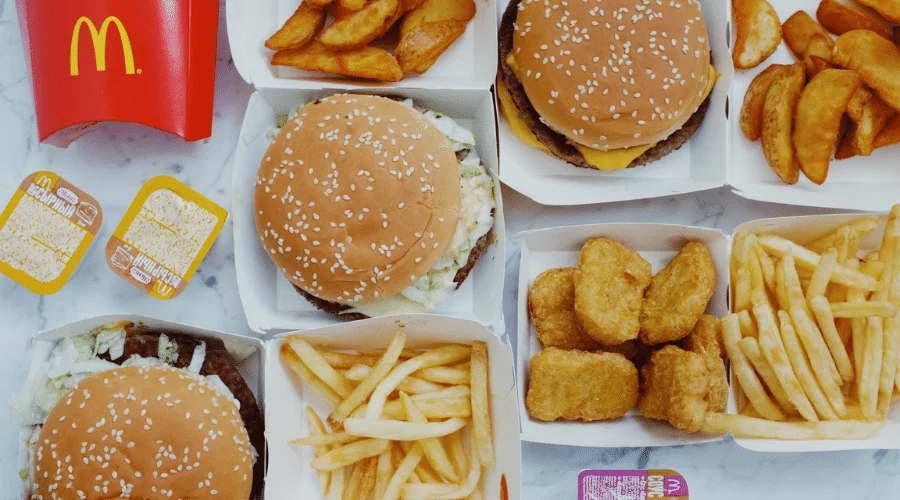
The truth about processed foods
You’ve probably heard that it’s best to reduce your intake of “processed foods” for healthy eating, and increase your intake of whole foods for optimal health.

The Best Foods to Fight Fatigue
Do you feel like you’re always tired and that you need multiple coffees to get you through the day?

how to find the balance between healthy eating and dieting
It can be hard to find the right balance between healthy eating and dieting without becoming obsessed with food.
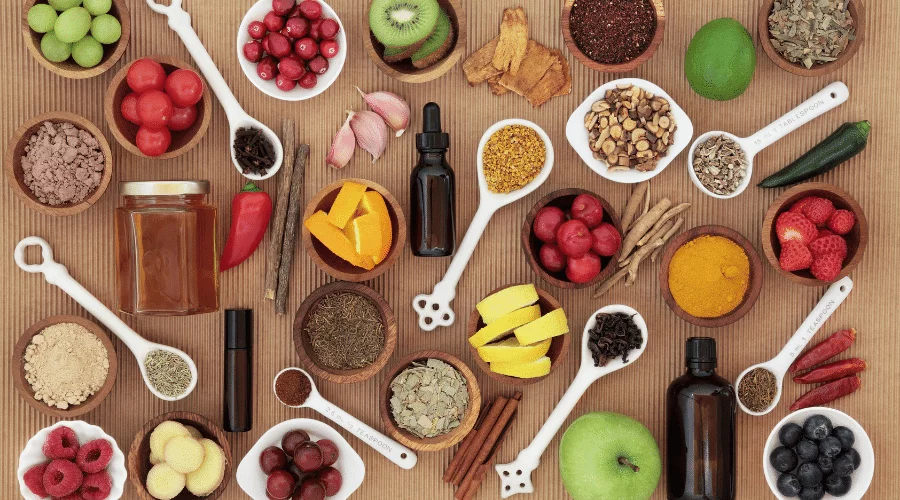
Can you use food as medicine?
“Let food be thy medicine, and let medicine be thy food.” We’re all familiar with this quote attributed to Hippocrates, and we all know the huge impact our food choices have on our health.
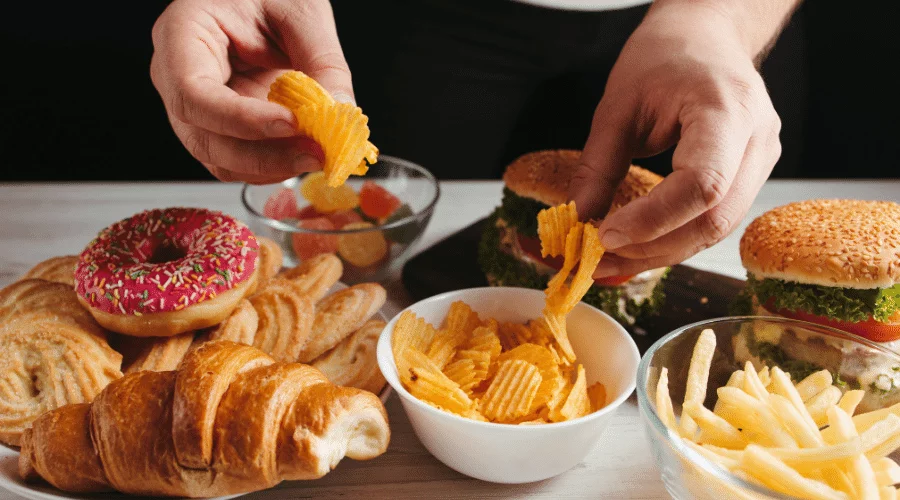
How to finally stop overeating for good!
Overeating means eating past your body’s actual needs, and it can be rather uncomfortable.
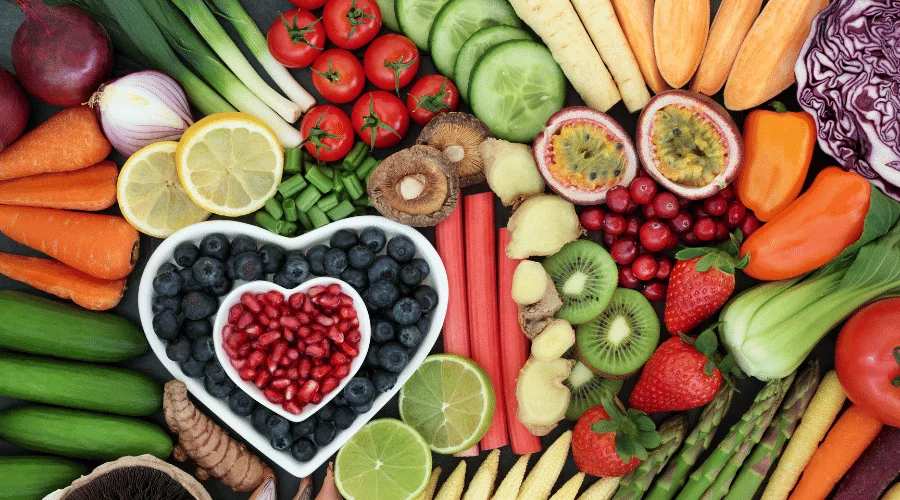
The anti-inflammatory diet: get rid of inflammation
You’ve certainly heard about the anti-inflammatory diet before and the benefits it could have on your body.

The complete beginner’s guide to veganism
Even though you can absolutely be healthy on a diet that includes animal products, the scientific consensus shows that increasing your consumption of plant-based foods is what is best for health.

Physical vs emotional hunger—learn the difference
You may be aware that physical hunger is not the only type of hunger that exists. There are actually two main types of hunger: physical hunger and emotional hunger


